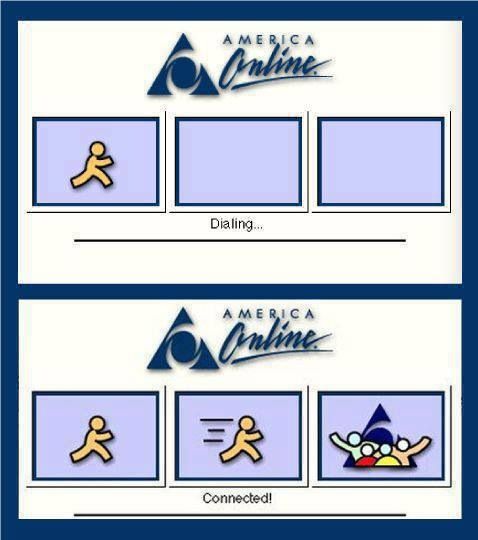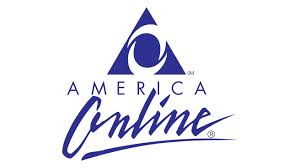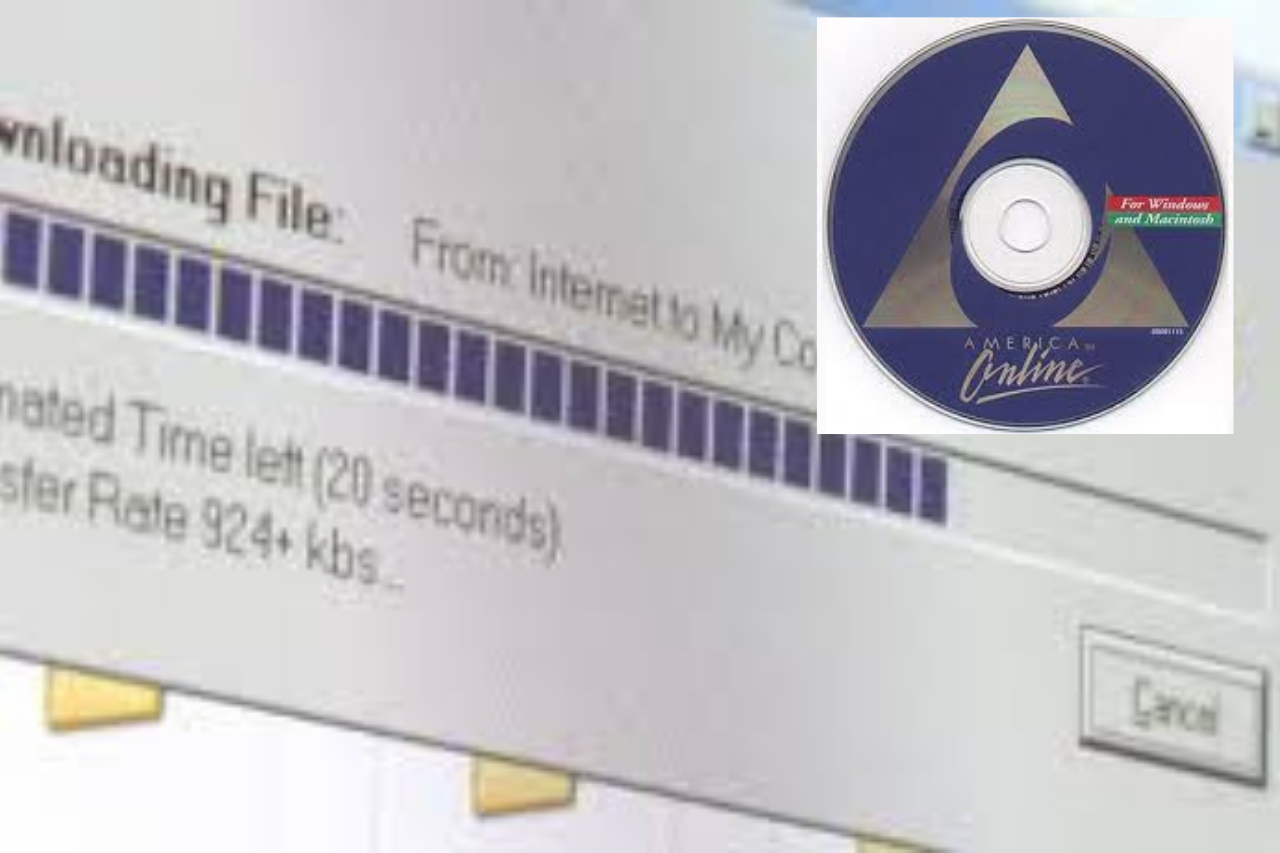September 30, 2025, will mark the official end of AOL’s dial-up internet service, closing a chapter that began in 1991 and introduced millions to chat rooms, AIM buddies, and that unmistakable modem screech. The company quietly posted the sunset notice and confirmed that the AOL Dialer and AOL Shield browsers will be discontinued the same day. Other AOL plan benefits remain unchanged.
For many Gen Xers, the reaction wasn’t grief so much as disbelief: Wait…AOL dial-up was still around? It was, and for longer than most realized.

AOL’s dial-up service launched in the early 1990s and became synonymous with going “online.” At its peak, AOL’s growth strategy (remember the avalanche of free trial CDs?) helped push internet access into the mainstream.
Even as broadband took over, a small number of subscribers stuck with dial-up into the 2010s and beyond. As late as 2015, roughly 2.1 million people still used AOL dial-up; by 2021, reports pegged usage in the “low thousands.”
Why the long tail? Partly because the digital divide never fully closed. Federal data shows 22.3% of rural Americans and 27.7% of people on Tribal lands still lack access to fixed terrestrial broadband at the FCC’s baseline speed, compared with 1.5% in urban areas. When broadband is unavailable or simply unaffordable, some households fall back on legacy options.
On the infrastructure side, the NTIA’s BEAD program is investing $42.45 billion to extend high-speed access to unserved and underserved areas. That buildout continues, but it won’t arrive everywhere at once, another reason dial-up persisted in pockets even in 2025.

What Changes on September 30, 2025
- AOL dial-up access ends (PSTN-based connections will no longer be offered in AOL plans).
- AOL Dialer software and AOL Shield browser are discontinued the same day.
These details come directly from AOL’s support notice and have been corroborated by tech outlets tracking the shutdown.
If you were one of the few remaining users, your AOL email and other non-access plan features aren’t the target here; the change is specifically about dial-up connectivity and AOL’s legacy software.
So…What Do Holdouts Do Now?
- Check your address on the FCC National Broadband Map to see all fixed options (cable, fiber, DSL, fixed wireless) at your location. It updates as providers expand. broadbandmap.fcc.gov
- Ask about low-income plans and Lifeline. With ACP over, some ISPs still offer discounted tiers; Lifeline remains for eligible households (smaller credit). FCC
- Consider satellite or 5G home internet if wired options aren’t available yet. (Availability varies by address; check coverage maps.)
- As a last resort, short-term dial-up elsewhere still exists from niche providers like NetZero and Juno, though speeds are extremely limited and many modern websites won’t function well over dial-up.
For Gen X, AOL wasn’t just an ISP, it was a social operating system. It’s where many of us wrote our first away message, learned the etiquette of “brb,” and discovered that one phone call could boot everyone in the house offline. This shutdown is less about mourning a product and more about marking the distance between what the internet was and what it’s become, from screeching modems to silent fiber lines, from walled gardens to the open web (and now, AI-powered everything).
Still, it’s worth remembering the footnote that gets lost in the nostalgia: AOL dial-up survived because millions never had equal access, and some still don’t. If there’s a takeaway here, it’s that progress isn’t just faster speeds; it’s fairer access. The last AOL dial tone going quiet on September 30, 2025, should be a nudge to finish the job, BEAD and state builds have started, and to ensure affordability doesn’t become the new barrier.




sdfasdfasdf